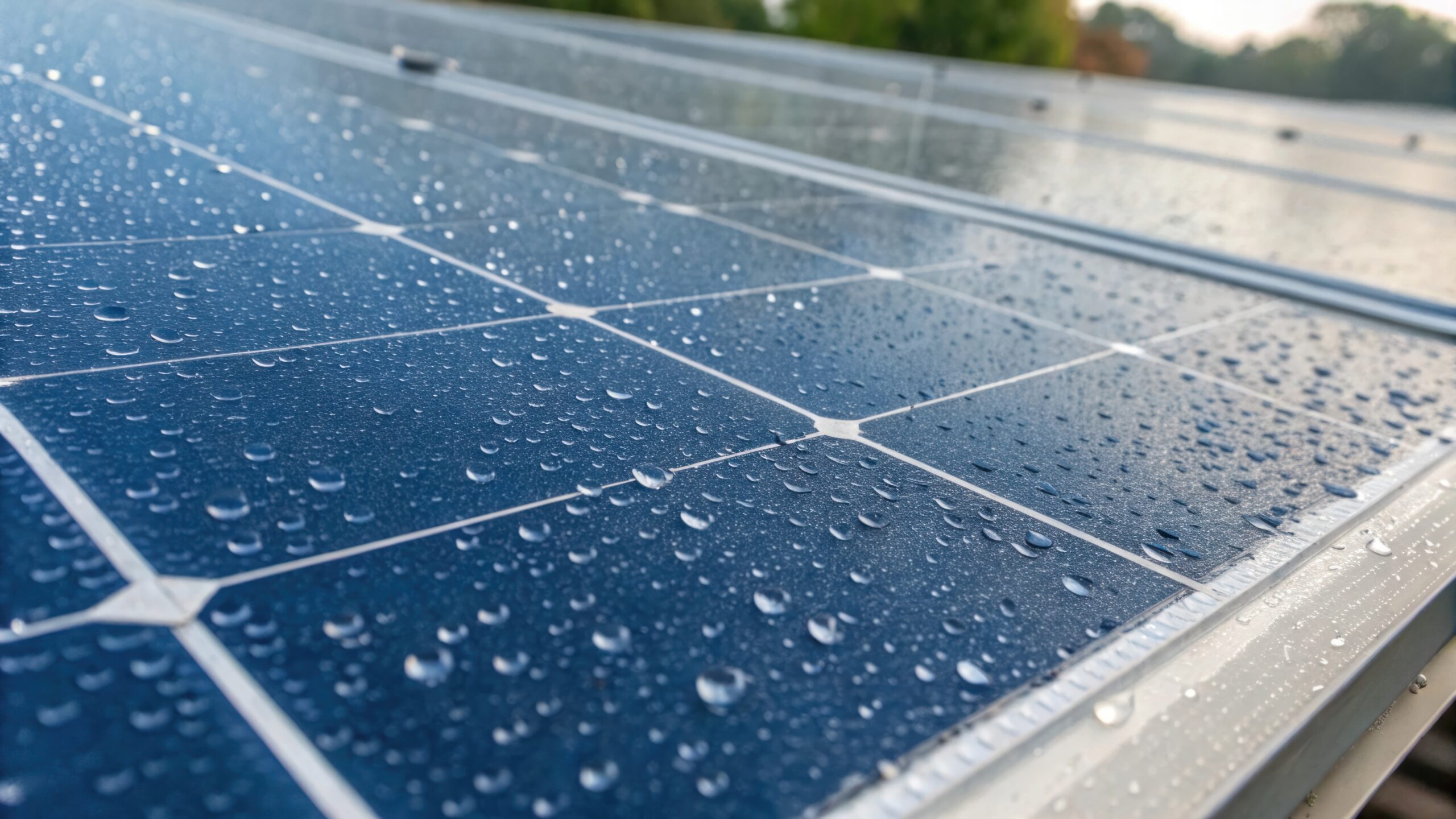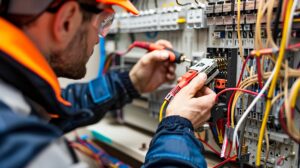Your home’s main electrical panel is one of the most critical components of your overall energy system. It serves as the control center for all the electricity that powers your appliances, lighting, HVAC system, and increasingly, your solar and battery storage systems. While it may not draw attention on a daily basis, an outdated panel can pose serious risks—from overloaded circuits to increased fire hazards—and can hold your entire energy system back from functioning at its best.
In California homes, where energy systems are becoming more advanced and solar installations are rising, it’s essential that the electrical panel is ready to support modern loads and smart energy systems. Whether you’re considering adding solar, upgrading your HVAC, or just want to improve home safety, knowing when to replace your main panel is vital.
How Long Do Electrical Panels Last?
Electrical panels are designed to last between 25 and 40 years. However, that range varies depending on the home’s energy use, environmental exposure, and whether electrical demand has changed due to renovations, appliance additions, or solar energy installations.
Many homes built before 1995 still operate with panels designed for older energy requirements. These panels weren’t built to handle today’s demand from electric vehicles, battery storage, or smart appliances—and they often lack modern safety features required by today’s California codes.
Key Signs Your Main Panel Is Outdated:
- Frequent circuit breaker trips, even when the load is not excessive
- Fuse boxes instead of breakers, which are no longer code-compliant
- Visible rust or scorch marks near the panel or outlets
- Insufficient amperage, usually below 200 amps in older homes
- No extra slots to add circuits for new appliances or solar
- Age over 25 years, even with no visible issues
In many cases, the need for a panel upgrade only becomes evident when homeowners begin planning projects like solar installations, EV charger installations, or battery storage—and discover their current system cannot support them safely or legally.
The Importance of Panel Upgrades in California Homes
Electrical panels are not just about energy distribution—they are key safety and infrastructure components. As California transitions to higher-efficiency and renewable-ready homes, modernizing the main panel becomes a priority. Most older panels, especially those under 100 amps, are no longer suited for energy systems that include solar arrays, energy storage, and high-efficiency appliances.
Why a Panel Upgrade Matters:
- Supports Solar + Battery Systems: A properly sized panel is often required to interconnect with solar and energy storage under California utility rules.
- Improves Safety: Modern panels include protections like arc-fault circuit interrupters (AFCIs) and ground fault circuit interrupters (GFCIs), reducing fire risk.
- Expands Capacity: Allows homeowners to install EV chargers, high-efficiency HVAC, or induction stoves without overloading circuits.
- Ensures Code Compliance: Meets Title 24 energy standards and California Electric Code requirements for new or upgraded homes.
- Protects Against Fire Hazards: Outdated panels are more likely to overheat or fail due to material fatigue or outdated technology.
The National Fire Protection Association (NFPA) reports that nearly 48,000 residential fires per year are caused by electrical faults. A modern panel dramatically reduces this risk through improved load management and design.
What’s Included in a Main Panel Upgrade?
Upgrading an electrical panel is more than replacing a box—it’s a full system evaluation and upgrade designed to meet both your current and future energy needs. It requires licensed professionals, coordination with your utility company, and compliance with local and state codes.
What to Expect from an Upgrade:
- Load Calculation: Your home’s existing and planned usage will be evaluated to determine panel capacity (usually 200 amps or more).
- System Replacement: Old breakers and service panels are replaced with code-compliant, UL-listed hardware.
- Utility Coordination: Utilities like PG&E require inspections and often shut down service briefly during upgrade installation.
- Subpanel Options: If you’re adding solar, a subpanel may be added for critical loads or battery integration.
- Safety Features: All installations include current protection requirements including AFCIs, GFCIs, and grounding upgrades.
For those interested in solar readiness, you may want to explore why main panel upgrades are vital for solar integration before scheduling installation.
In most residential cases, the cost of a panel upgrade ranges from $2,000 to $4,000, depending on location, complexity, and permitting. For homes adding solar or battery systems, it’s common to include the panel upgrade as part of the complete energy package.
Preparing for Energy Systems Like Solar and Storage
For California homeowners preparing for solar energy systems, a main panel upgrade is often the first step. Under the state’s current Net Billing Tariff (NEM 3.0), homeowners are financially incentivized to self-consume energy rather than export it. Battery storage makes this possible—but only if your electrical infrastructure is ready.
Heads up: the Federal Solar Investment Tax Credit (ITC)—currently covering 30% of your system cost—expires on December 31, 2025. Homeowners should lock in upgrades and solar projects before then to secure maximum savings.
A properly upgraded panel:
- Prevents grid overload and voltage fluctuations
- Enables faster interconnection approval with utilities
- Improves the lifespan and performance of solar equipment
- Provides critical load backup configuration for batteries
Homes built with older panels can face delays or additional costs during the solar permitting process. Some utility companies now require main panel upgrades before granting permission to operate (PTO) for solar systems.
Protecting Your Investment with Long-Term Coverage
At Sunlight Electrical Solutions, we go beyond installation by offering extended protection through Solar Insure’s Total 30 and Solar 30 warranties. These provide up to 30 years of:
- Performance and product coverage
- Monitoring system protection
- Safeguards if a manufacturer or installer exits the market
This added layer of protection is designed for California homeowners who want peace of mind with their long-term energy investment—especially in an industry where installer turnover is common.
If your home’s main panel is outdated, overloaded, or simply underperforming, it’s time to consider the benefits of a modern electrical upgrade. From improved safety to solar readiness, it’s an essential step toward a more energy-efficient future. Reach out to our team today for an evaluation or estimate.







